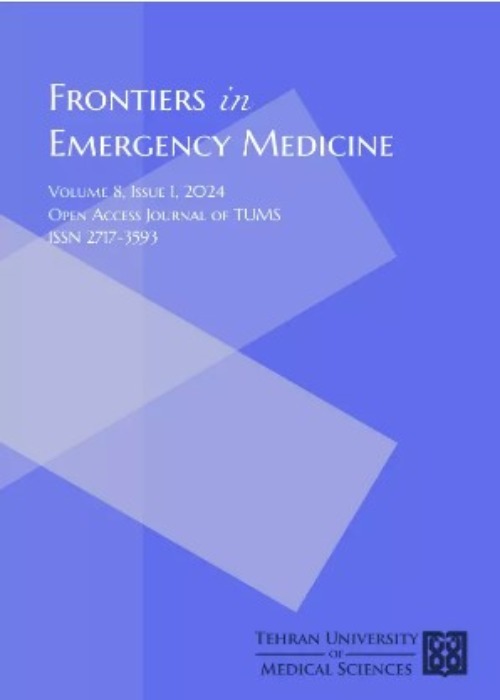Ups and down of emergency medicine in Iran: an urgent agenda
A startling high number emergency medicine (EM) residency positions in Iran remained unfilled in this year’s National Residency Examination. In fact, the unprecedented numbers of unoccupied EM residency training positions over the past few years had already shocked the specialty, but this year’s statistics are alarming. Working as an emergency physician has never been an easy task, yet, since its establishment as a specialty in Iran in the year 2000 (1,2), EM continued to attract applicants over years. The trend of disfavoring EM, which started a few years ago, has important implications for nationwide residency programs, applicants, and most importantly our patients. It has also contributed to a state of general anxiety within the EM community, who feel that EM is a “profession in peril”, perpetuating the situation and starting a vicious cycle. EM departments are struggling to find a solution to ensure that delivery of quality care amid staffing shortages, and the authorities in the Ministry of Health and Medical Education (MOHME) are trying to solve the problem by “supplemental offer”, in the hope of recruiting applicants for unclaimed spots. However, besides these temporizing measures, it is imperative to deep dive into the factors contributing to this unprecedented national trend in order to shed light on the factors behind it and the solutions ahead of us. The problem is multifaceted and influenced by a myriad of interconnected factors. It is partly driven by the current landscape of the healthcare system and the changes to specialty preferences by students (3) in general. Moreover, the trend seems to be present in other parts of the world as well (3). Yet, there are aspects that are unique or more significant for EM in Iran: As a specialty driven by the needs of the society, its existence requires constant support and recognition by the society (mainly represented in the health sector by MOHME). It seems that the current authorities have forgotten what the emergency rooms were like in the era before EM, and have taken the current situation of emergency healthcare for granted. This is represented not only in their speeches and statements, but also in their decisions regarding regulations for compensation. Establishment of EM as a specialty was a fundamental action toward improving emergency care (4,5), but it was too optimistic to think that it can solve the entire problem. More actions were needed including training other related providers and ancillary staff, restructuring the design of the departments, and changing the employment structure of ED healthcare providers. Eluded by the drastic changes created just by the introduction of competent and energetic EM physicians, the authorities neglected many of these crucial actions. In an effort to solve quickly a problem that existed for a long time, MOHME created a surge in EM positions, jeopardizing the quality of EM training programs and ignoring the supply-demand dynamics of the discipline. They even failed to consider the advice of the National Board of Emergency Medicine, who repeatedly warned them against the dangers of expanding the number of residency programs and training sites without enough quality assurance system in place. This mass production of emergency physicians with inconsistent qualities, considered by many as the main trigger of the shift in the situation of EM, require a detailed exploration in its own right. Surprisingly, the number of EM residency positions has increased in recent years, while the number of applicants continued to decline. High levels of burnout (resulting from poor compensation and financial reward mechanisms, high prevalence of violence (6,7), overcrowding of the EDs with extended boarding of the patients, and exacerbated by the COVID pandemic) has disappointed many EM practitioners who selected this specialty with great enthusiasm. Some of these people role model burnout explicitly during their shifts and fail to interact positively with medical students, who are potential applicants of EM residency. This atmosphere of despair reassure the hesitant applicants not to opt this field as the future of their carriers. As emergency physicians, we are accustomed to dealing with unanticipated, unfavorable events and we have been trained to handle these conditions calmly and efficiently. In this case, too, we must take this situation as an opportunity to shape the future of our specialty. Convincing those who are responsible for healthcare workforce planning to work in tandem with the authorities in charge of graduate medical training in order to find logical and feasible solutions including an organized approach to a balanced workforce is a first step. This requires diplomacy and tactfulness of the EM community, and perhaps more importantly, an open mind and a listening ear on the administration side.
- حق عضویت دریافتی صرف حمایت از نشریات عضو و نگهداری، تکمیل و توسعه مگیران میشود.
- پرداخت حق اشتراک و دانلود مقالات اجازه بازنشر آن در سایر رسانههای چاپی و دیجیتال را به کاربر نمیدهد.


